What is this vine?
wispfox
12 years ago
Related Stories

LANDSCAPE DESIGNSee 5 Unexpected Ways to Use Vines
Vines can grow over slopes, trail off pergolas and add seasonal color to the garden
Full Story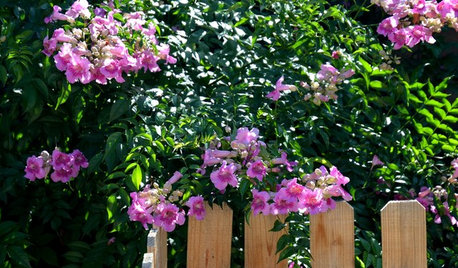
PINK FLOWERSGreat Design Plant: Pink Trumpet Vine Heralds Vibrant Color
Announce your landscape beautification efforts with this flowering vine that perks up hot, dry gardens
Full Story
EXTERIORSCare and Training for a Vine-Covered Home
Love the look but don’t want the ruin? Learn how to have vine-draped walls without all the cracks and crumbling
Full Story
FOLIAGEGreat Design Plant: Ornamental Sweet Potato Vine
Versatile, fast growing, inexpensive and easy on the eyes, ornamental sweet potato vine has it all
Full Story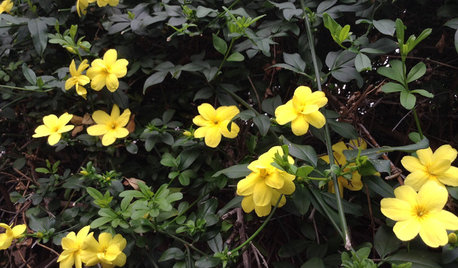
GARDENING GUIDES8 Essential Flowering Vines for the Southeast
These native vines have eye-popping flowers and provide food for bees and birds
Full Story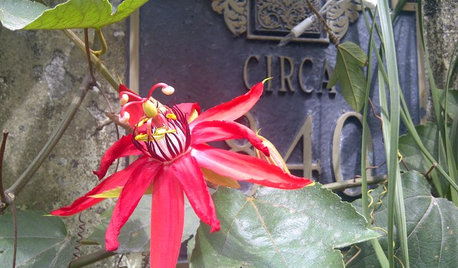
FLOWERS5 Sensational Flowering Vines for Warm Climates
Splash your garden with bright tropical color from late summer through fall with these showy trailing and climbing beauties
Full Story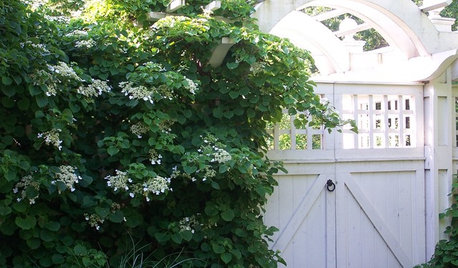
FALL GARDENING6 Deer-Resistant Flowering Vines to Plant This Fall
Have a major deer problem? Here are some of the only vines that have a chance of not being eaten
Full Story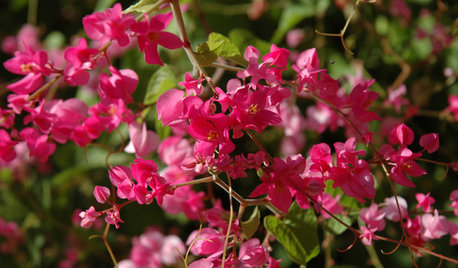
SOUTHWEST GARDENING10 Flowering Vines for Southwestern Gardens
These resilient, adaptable plants thrive in the region’s extreme climate and provide a variety of garden benefits
Full Story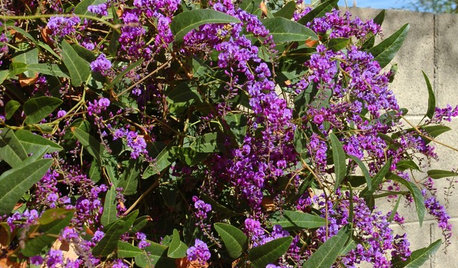
GARDENING GUIDESGreat Design Plant: Lilac Vine for a Purple Profusion in Winter
Grow this pretty, hardy vine on a fence or as a ground cover for blooms throughout the colder months
Full Story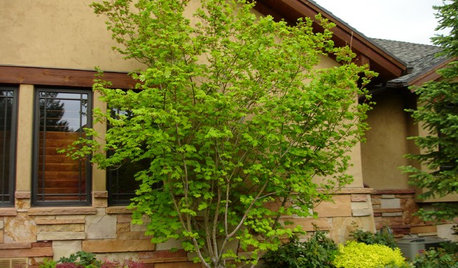
LANDSCAPE DESIGNGreat Design Plant: Vine Maple
Exciting year-round color and adaptability make this highly ornamental native small tree a top choice for home gardens
Full Story





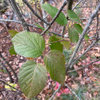

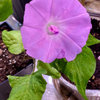
karyn1
wispfoxOriginal Author
Related Professionals
Windham Landscape Architects & Landscape Designers · Chattanooga Landscape Architects & Landscape Designers · Fitchburg Landscape Architects & Landscape Designers · Kyle Landscape Architects & Landscape Designers · Berkley Landscape Contractors · Cicero Landscape Contractors · Clayton Landscape Contractors · Metairie Landscape Contractors · Muttontown Landscape Contractors · North Canton Landscape Contractors · Pomona Landscape Contractors · South Lyon Landscape Contractors · Woodbury Landscape Contractors · North Aurora Landscape Contractors · Dent Stone, Pavers & ConcreteSlaab
flora_uk
wispfoxOriginal Author
ron_convolvulaceae
wispfoxOriginal Author
ron_convolvulaceae
littleonefb
ron_convolvulaceae
legumefinder
Tiffany, purpleinopp Z8b Opp, AL
wispfoxOriginal Author
Tiffany, purpleinopp Z8b Opp, AL
legumefinder
siam_cannas